Home>Gardening & Outdoor>Landscaping Ideas>What Does Burning Your Grass Do
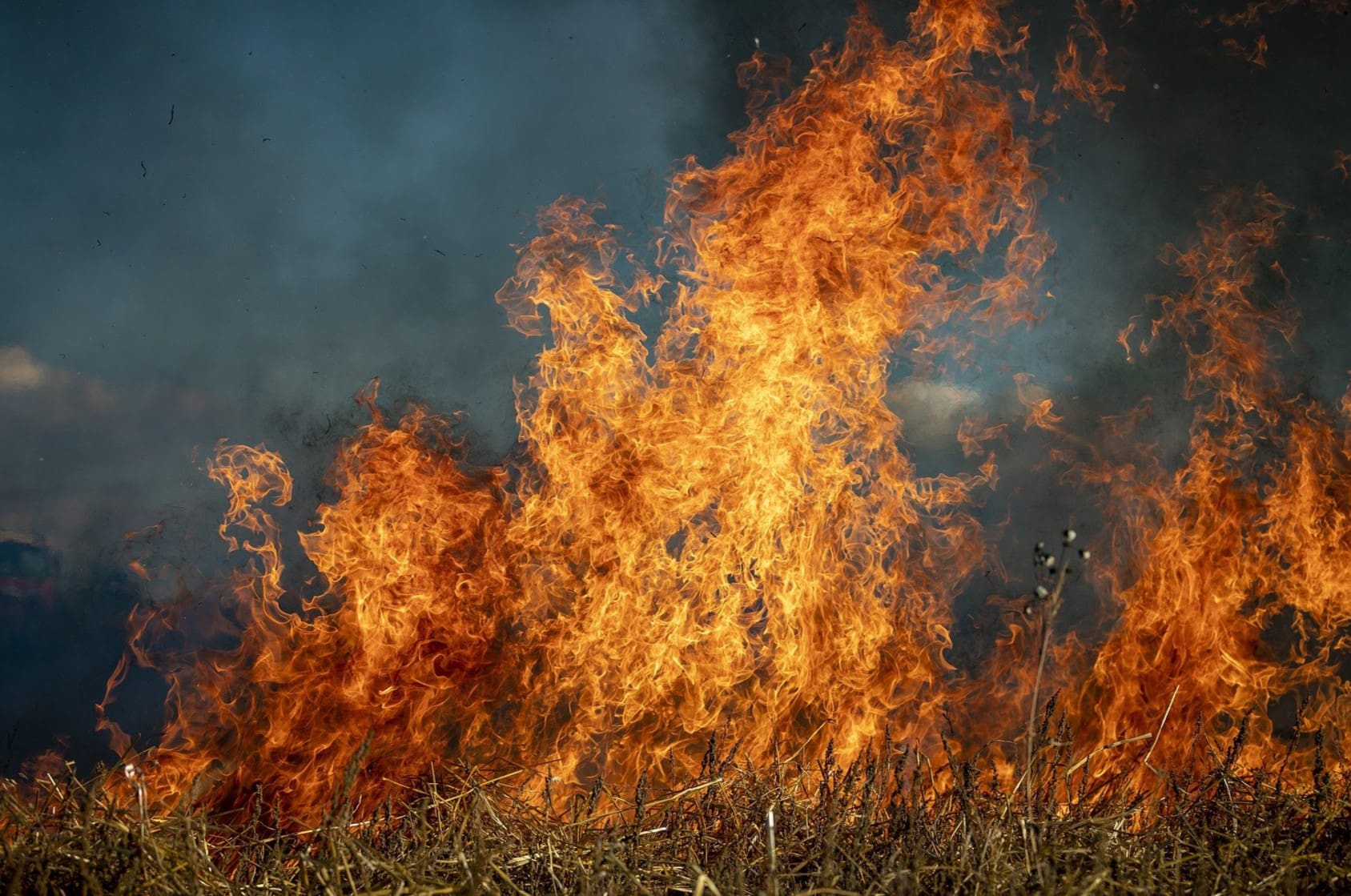

Landscaping Ideas
What Does Burning Your Grass Do
Modified: March 27, 2024
Discover the effects of burning your grass and get landscaping ideas to maintain a healthy and vibrant lawn. Learn how controlled burning can benefit your landscaping efforts.
(Many of the links in this article redirect to a specific reviewed product. Your purchase of these products through affiliate links helps to generate commission for Storables.com, at no extra cost. Learn more)
**
Introduction
**
When it comes to maintaining a lush, vibrant lawn, homeowners often seek out various methods to ensure their grass remains healthy and visually appealing. One of the techniques that has been debated over the years is the practice of burning grass. While this method has been utilized for different purposes, it is essential to understand the potential effects, benefits, risks, and alternatives associated with burning grass. By delving into these aspects, homeowners can make informed decisions about lawn care practices and their impact on the environment. Let's explore the implications of burning your grass and weigh the pros and cons to determine if this method aligns with your landscaping goals.
**
Key Takeaways:
- Burning your grass can have both positive and negative effects, such as reducing thatch and controlling pests, but it can also damage soil and pose fire hazards. Consider alternative methods like core aeration and composting for a healthier lawn.
- Instead of burning your grass, try alternatives like dethatching and mulching to promote a vibrant lawn without the risks of air pollution and soil damage. Embracing these methods can lead to a lush, sustainable outdoor space.
Read more: What To Do If Fertilizer Burns Grass
Effects of Burning Your Grass
**
When it comes to burning your grass, it’s important to consider the potential effects on the overall health and appearance of your lawn. While burning can effectively remove thatch and debris, it also has several consequences that should be carefully evaluated.
-
Thatch Reduction: Burning your grass can effectively reduce thatch, which is the layer of dead grass, roots, and debris that accumulates on the soil surface. By removing thatch, you can promote better air and water penetration, allowing for improved nutrient uptake by the grass roots.
-
Soil Health: However, burning can also have adverse effects on soil health. The intense heat from burning can destroy beneficial microorganisms and organic matter in the soil, disrupting the natural balance that supports healthy grass growth.
-
Weed Control: Burning can help control weed growth by eliminating weed seeds and seedlings present on the soil surface. This can reduce competition for resources and create a more favorable environment for your grass to thrive.
-
Grass Damage: On the other hand, burning can cause direct damage to the grass blades and roots, potentially hindering regrowth and leading to patchy or uneven lawn coverage.
Overall, the effects of burning your grass are a mixed bag, with both positive and negative outcomes to consider. Understanding these effects is crucial in determining whether burning aligns with your lawn care objectives and the long-term health of your grass.
**
Benefits of Burning Your Grass
**
While the practice of burning grass has its drawbacks, there are also potential benefits that may appeal to homeowners seeking efficient lawn care solutions. Understanding these advantages can provide insight into the value of this method when implemented responsibly.
-
Thatch Removal: One of the primary benefits of burning your grass is the effective removal of thatch. By eliminating excess thatch, you can improve the overall health of your lawn, allowing for better air and water infiltration into the soil.
-
Pest Control: Burning can help control pests and insects that may be harboring within the thatch layer. By reducing thatch, you can disrupt the habitat of certain pests, minimizing their impact on your grass.
-
Promoting New Growth: When done correctly, burning can stimulate new growth by removing dead and decaying material that may be inhibiting the development of healthy grass blades. This can contribute to a more vibrant and robust lawn over time.
-
Enhanced Aesthetics: In some cases, burning your grass can contribute to a cleaner and more manicured appearance, especially when dealing with excessive thatch buildup or unsightly debris on the lawn surface.
It’s important to note that while these benefits exist, they are contingent upon proper execution and consideration of the potential risks associated with burning your grass. By weighing the advantages and disadvantages, homeowners can make informed decisions about incorporating this method into their lawn care regimen.
**
Burning your grass can help to remove thatch and weeds, but it can also damage the soil and kill beneficial organisms. It’s best to avoid burning and instead use proper lawn care techniques.
Risks and Drawbacks of Burning Your Grass
**
While burning your grass may offer certain benefits, it is crucial to recognize the potential risks and drawbacks associated with this method. Understanding these factors can help homeowners make informed decisions and mitigate any adverse effects on their lawn and the environment.
-
Air Quality Concerns: Burning grass releases smoke and particulate matter into the air, which can contribute to air pollution and respiratory issues. This is especially important to consider in areas with air quality regulations or when neighboring properties may be affected by the smoke.
-
Soil Damage: The intense heat from burning can damage the soil structure, leading to decreased microbial activity and nutrient depletion. This can have long-term consequences for the health and fertility of the soil, impacting the overall vitality of the grass.
-
Fire Hazards: Uncontrolled burning poses a fire hazard, especially during dry periods or in regions prone to wildfires. Careless burning practices can lead to unintended property damage and endanger surrounding vegetation and wildlife.
-
Legal Restrictions: Some areas have regulations or outright bans on open burning due to environmental and safety concerns. Ignoring these restrictions can result in fines and legal repercussions.
Considering these risks and drawbacks, it’s essential for homeowners to weigh the potential consequences of burning their grass and explore alternative methods that align with sustainable lawn care practices.
**
Alternatives to Burning Your Grass
**
Given the potential risks and drawbacks associated with burning grass, exploring alternative methods for maintaining a healthy lawn is crucial. Fortunately, there are several effective alternatives that can promote the well-being of your grass while minimizing the negative impact on the environment.
-
Core Aeration: Core aeration involves removing small plugs of soil from the lawn, facilitating better air, water, and nutrient penetration. This method reduces thatch buildup and promotes a healthier root system without the need for burning.
-
Dethatching: Utilizing a dethatching machine or rake can effectively remove excessive thatch from the lawn, improving soil aeration and promoting optimal grass growth. This mechanical process eliminates the need for burning while addressing thatch-related concerns.
-
Composting: Instead of burning grass clippings and organic debris, consider composting these materials to create nutrient-rich soil amendments. Compost can be used to topdress the lawn, enhancing soil fertility and microbial activity without resorting to burning.
-
Mulching: Mulching grass clippings during mowing can contribute to natural thatch decomposition and nutrient recycling. This sustainable practice reduces the need for burning while nourishing the grass with essential organic matter.
By embracing these alternatives, homeowners can prioritize the health and vitality of their grass while adopting environmentally responsible lawn care practices. These methods offer effective solutions without the potential risks and drawbacks associated with burning.
**
Read more: When To Burn Your Grass
Conclusion
**
As homeowners strive to maintain vibrant and healthy lawns, the decision to burn grass should be approached with careful consideration of its effects, benefits, risks, and alternatives. While burning can offer advantages such as thatch reduction and pest control, it also poses significant drawbacks, including soil damage, air quality concerns, and fire hazards. Understanding the implications of burning grass is essential in making informed choices that align with sustainable lawn care practices.
Exploring alternatives such as core aeration, dethatching, composting, and mulching provides homeowners with effective and environmentally responsible methods for promoting the health and vitality of their grass without resorting to burning. These alternatives prioritize soil health, nutrient recycling, and natural thatch management while mitigating the potential risks associated with burning.
Ultimately, the decision to burn grass should be guided by a holistic approach to lawn care, considering the long-term impact on the environment and the well-being of the grass. By weighing the effects, benefits, risks, and alternatives, homeowners can cultivate lush, thriving lawns while embracing sustainable practices that contribute to the overall health of their outdoor spaces.
With a comprehensive understanding of the implications of burning grass and the availability of alternative methods, homeowners can make informed decisions that align with their landscaping goals and environmental stewardship, ensuring the beauty and vitality of their lawns for years to come.
Frequently Asked Questions about What Does Burning Your Grass Do
Was this page helpful?
At Storables.com, we guarantee accurate and reliable information. Our content, validated by Expert Board Contributors, is crafted following stringent Editorial Policies. We're committed to providing you with well-researched, expert-backed insights for all your informational needs.
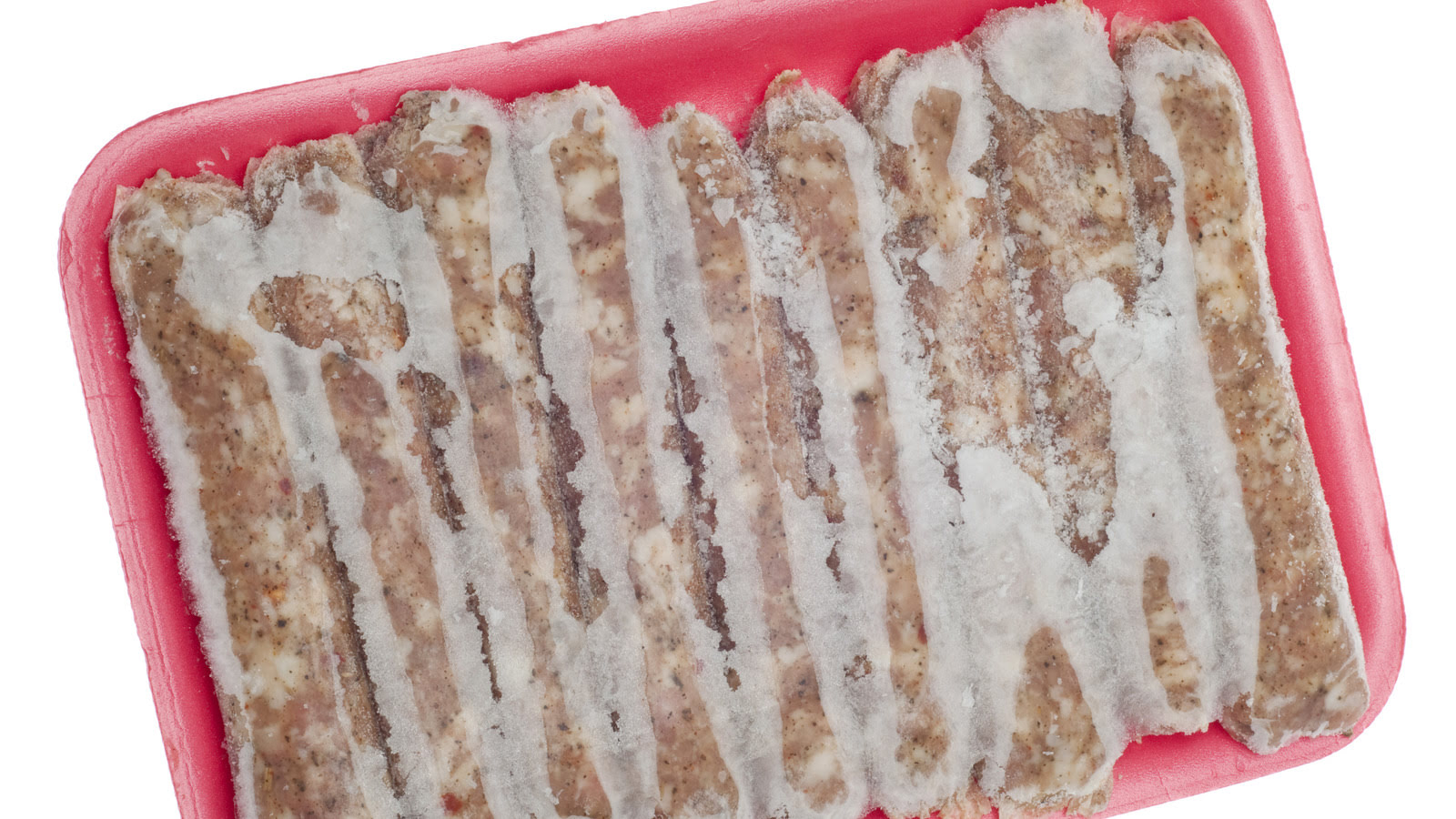
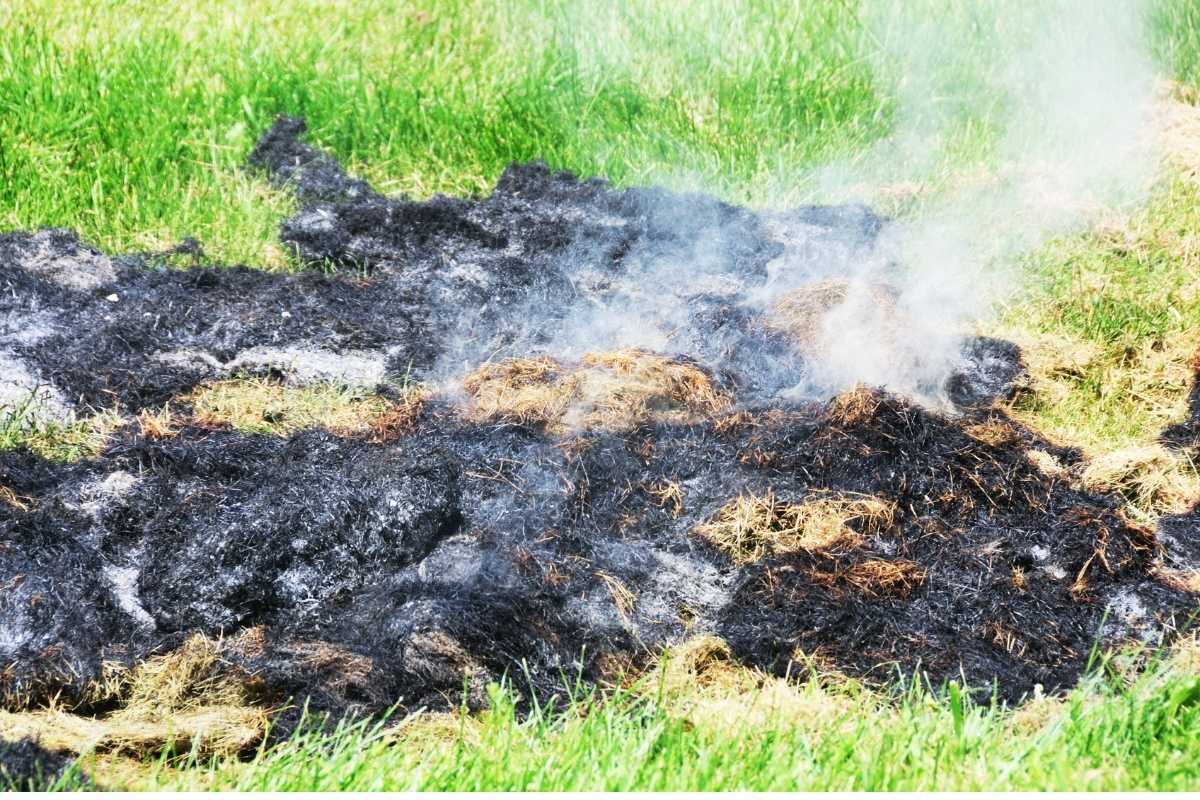
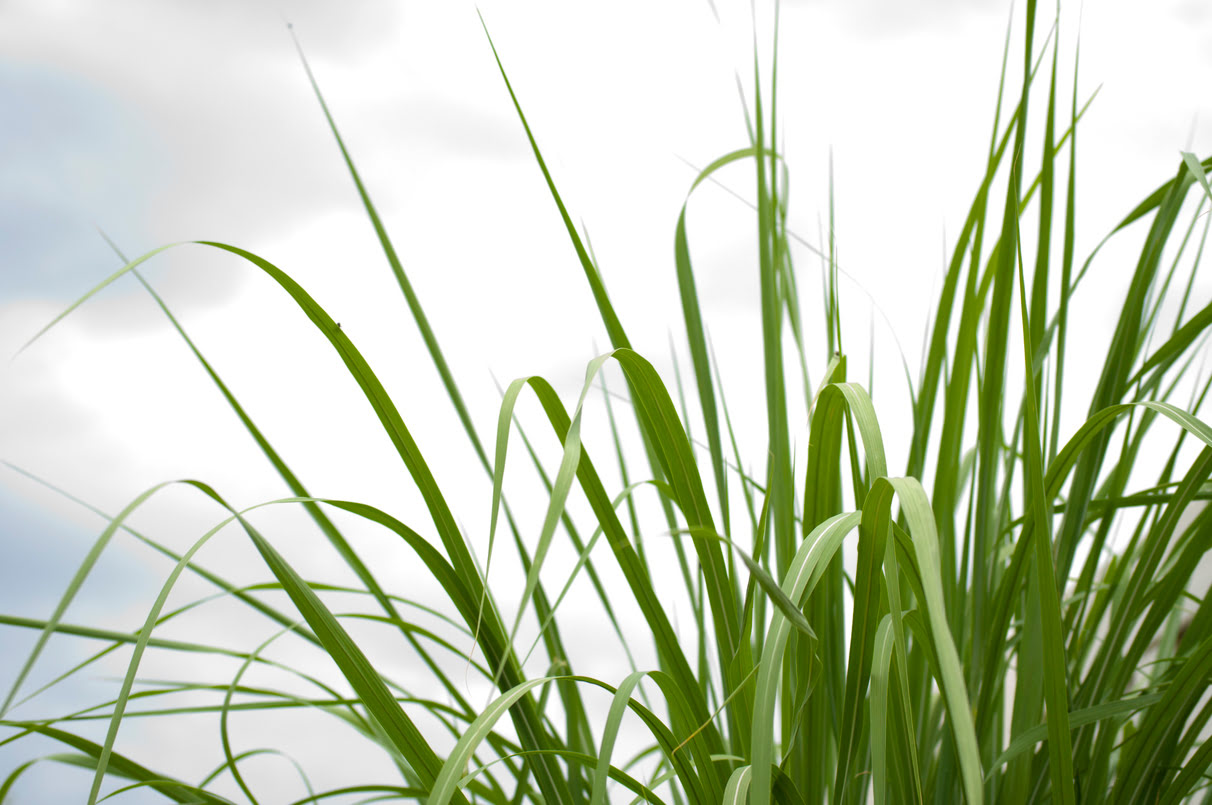
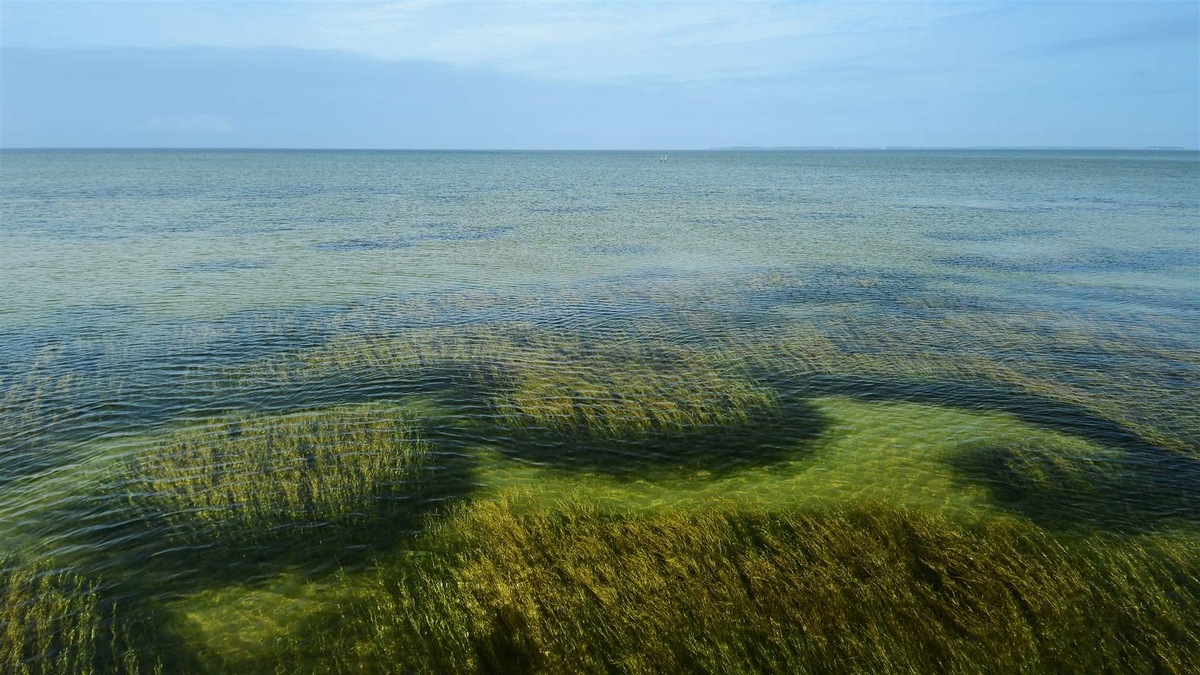
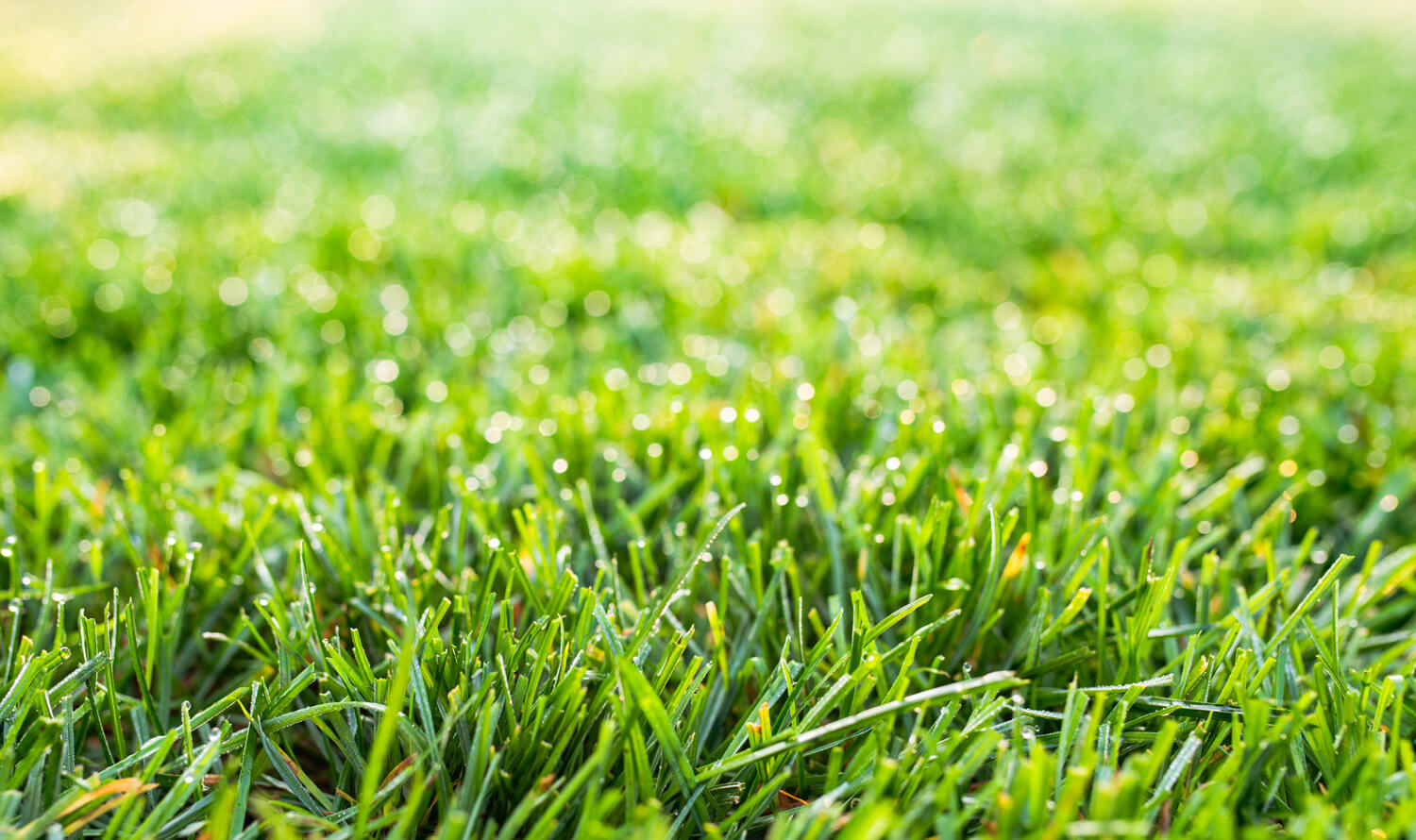

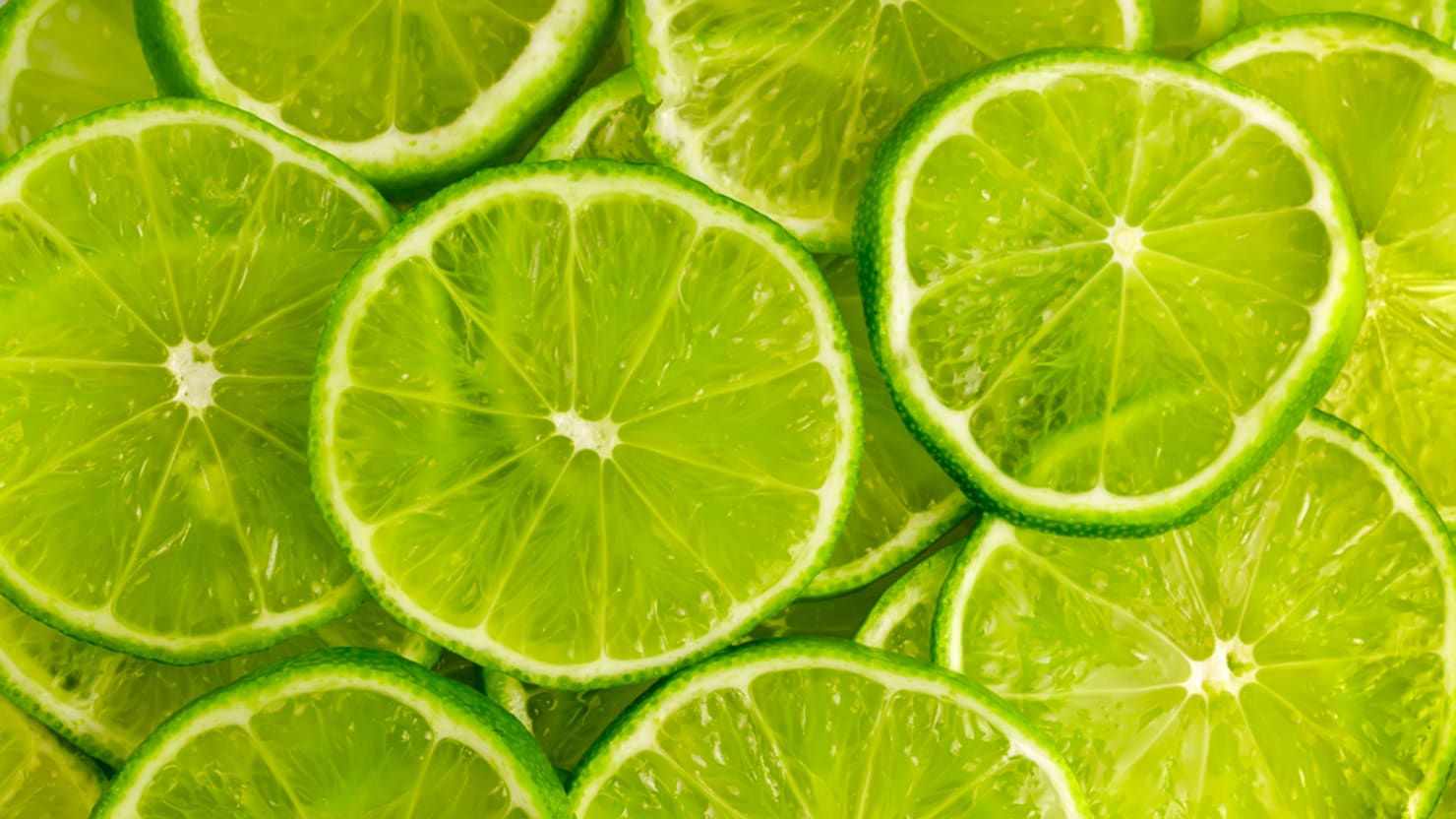
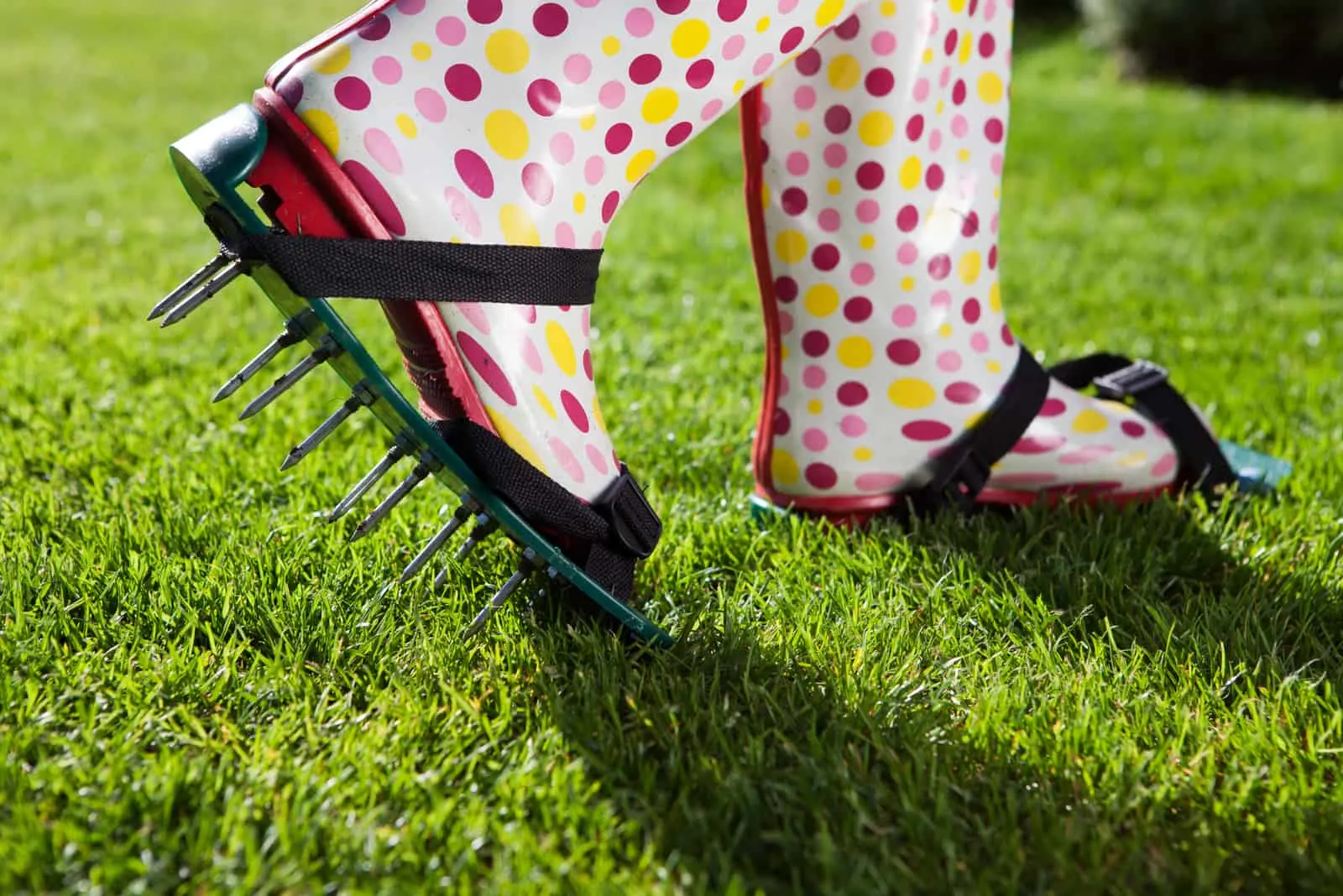
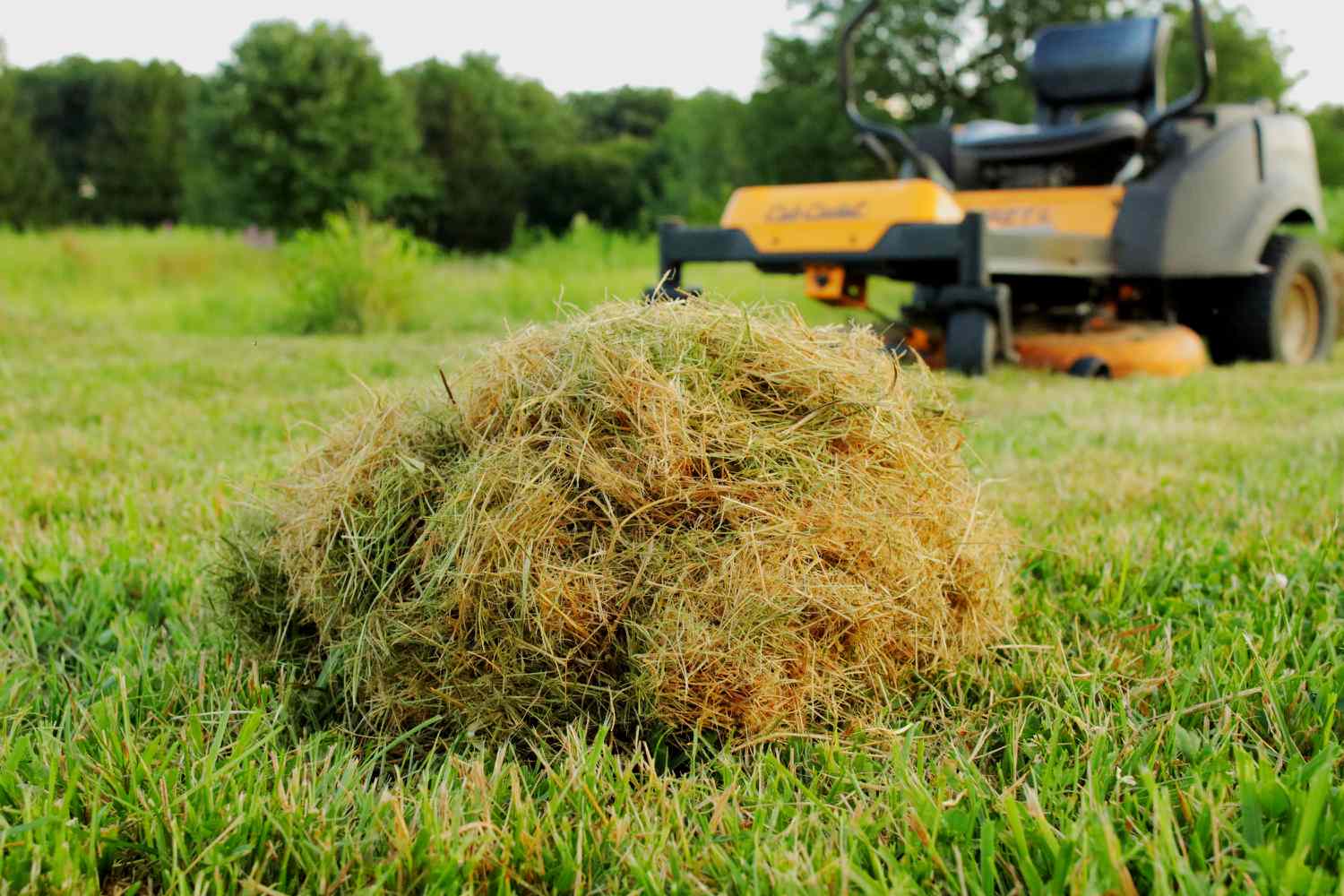
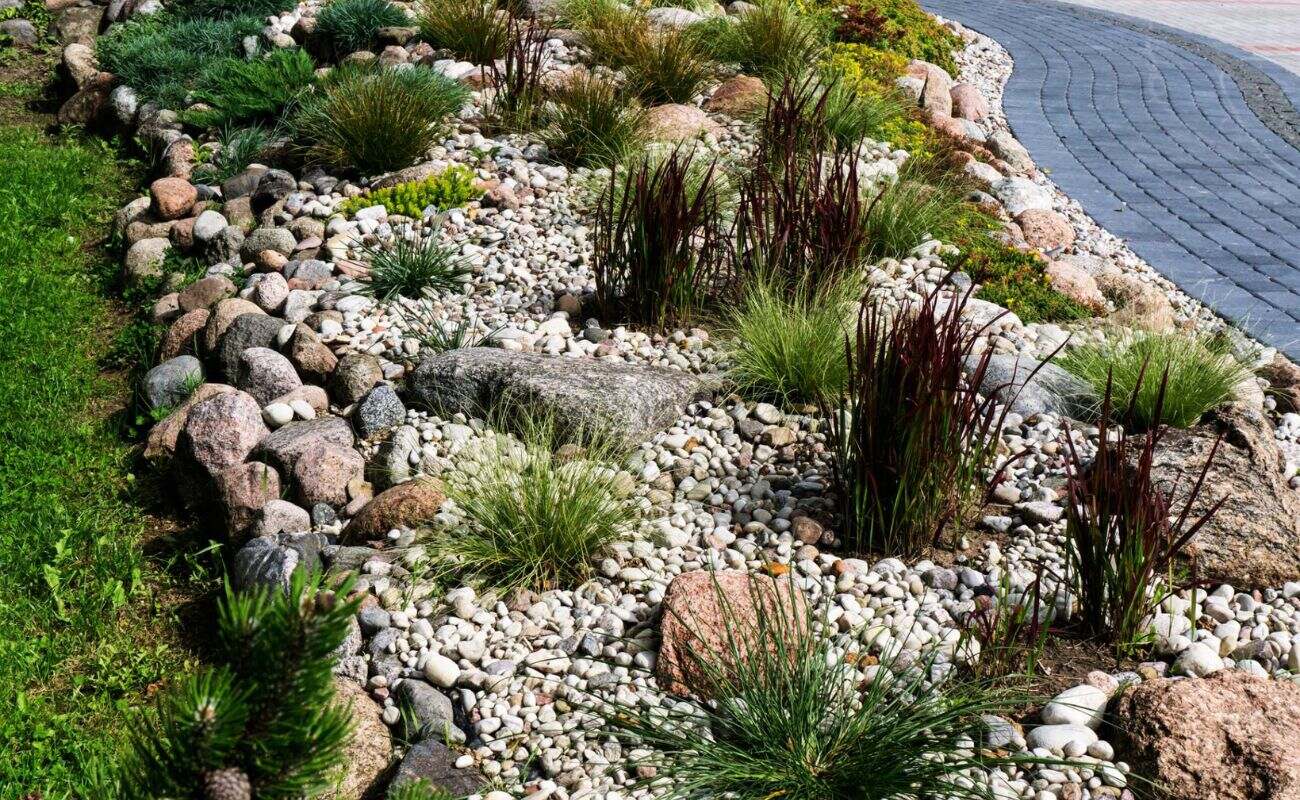
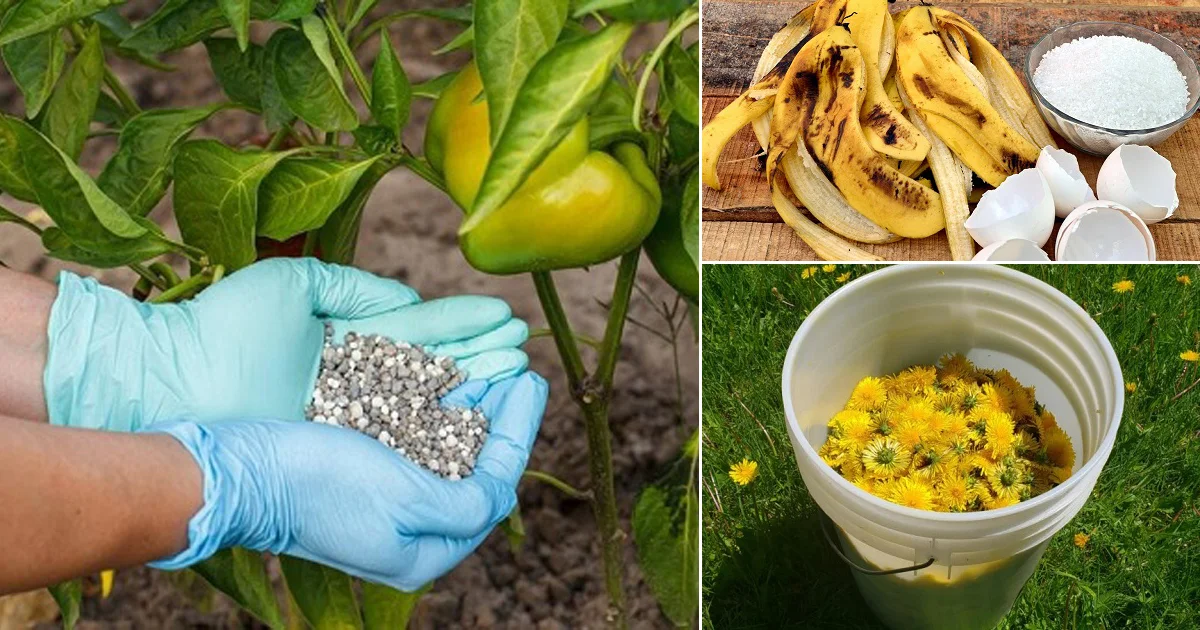
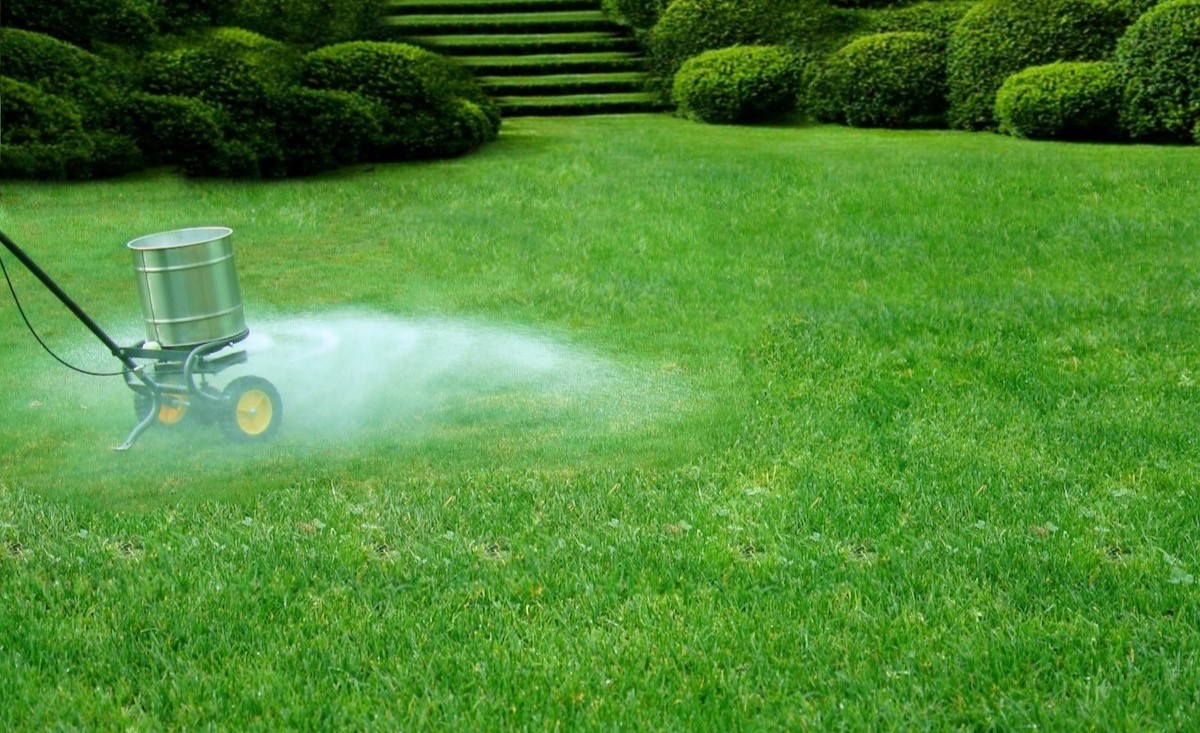
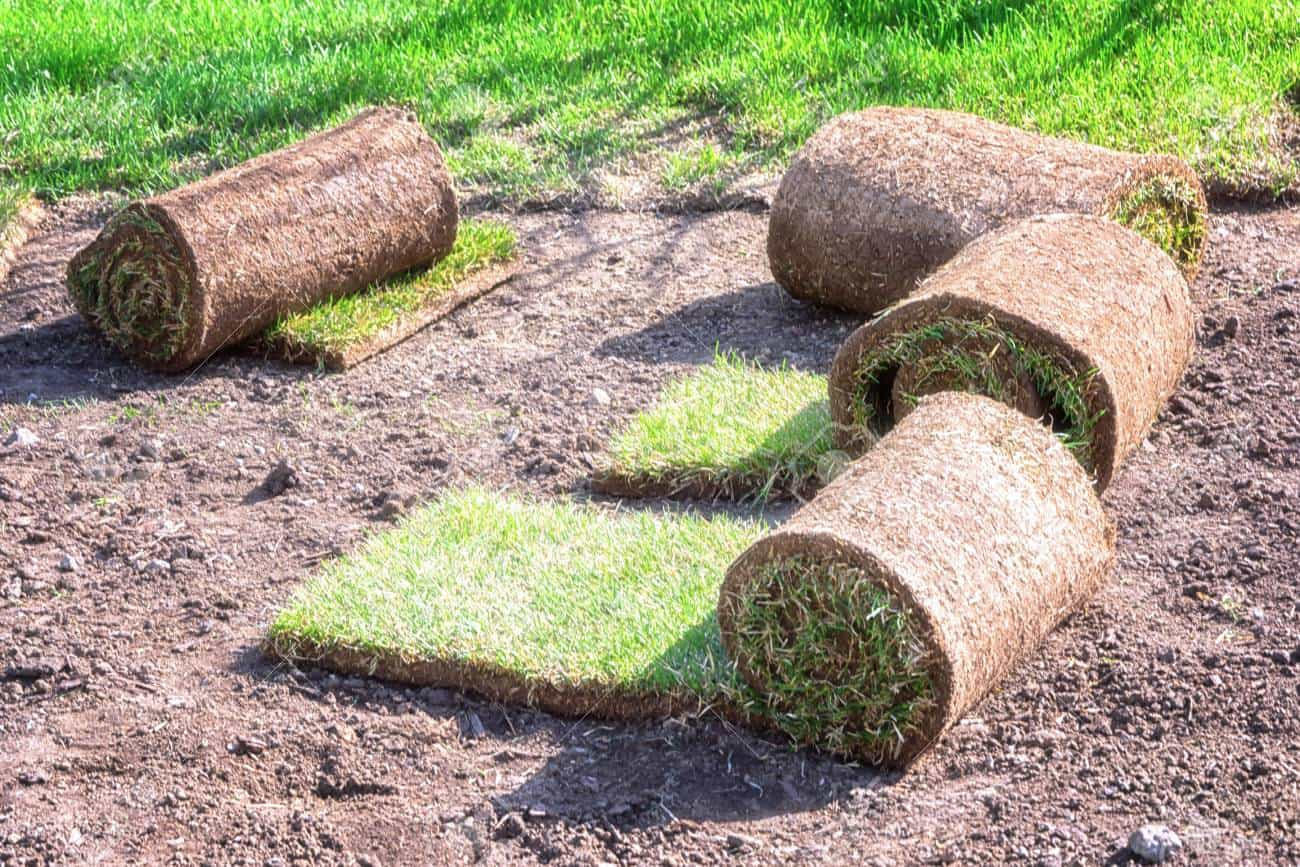
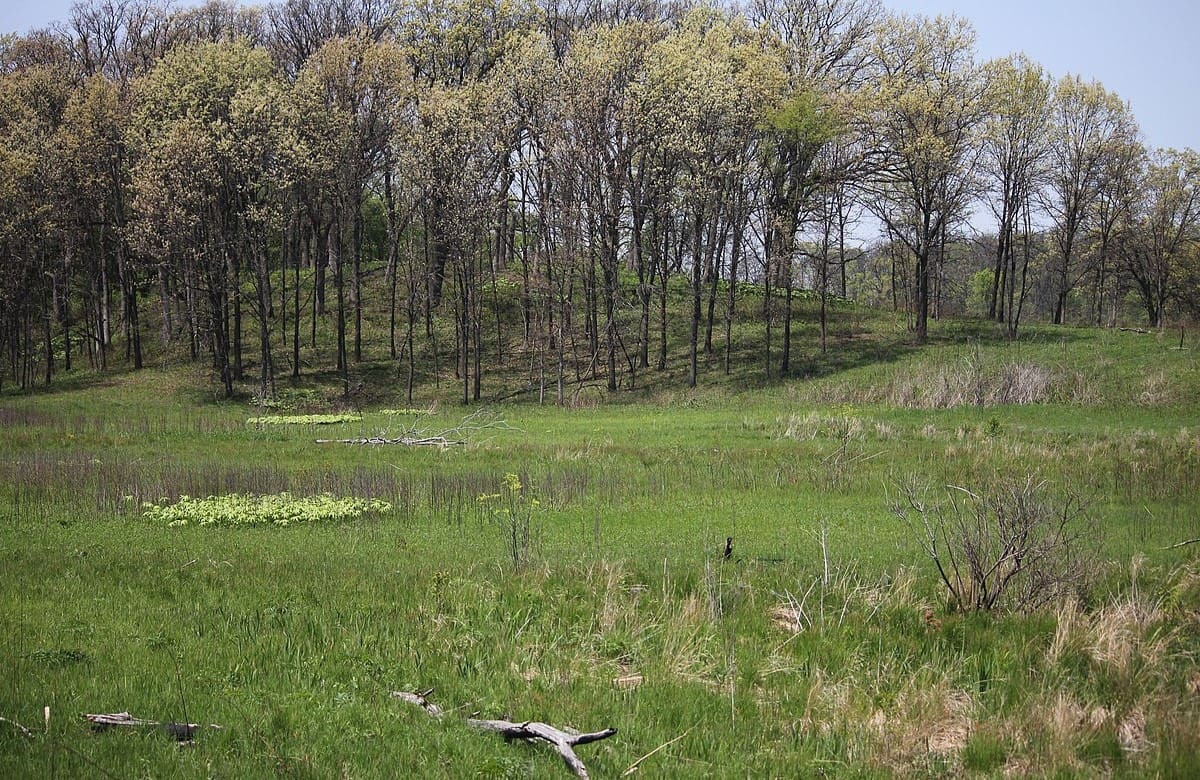

0 thoughts on “What Does Burning Your Grass Do”